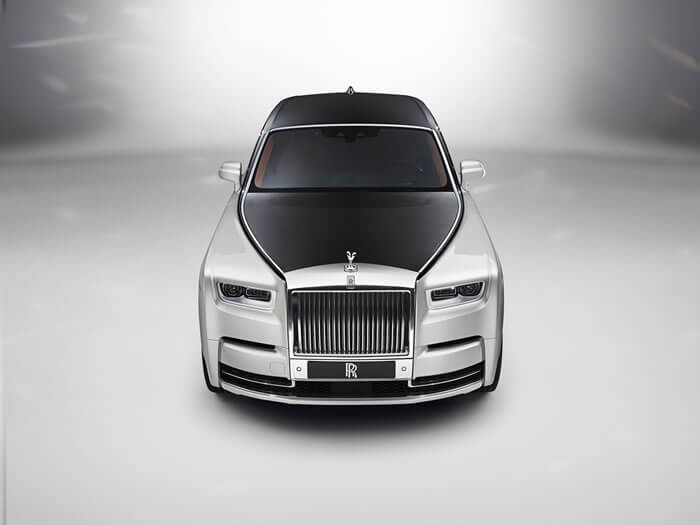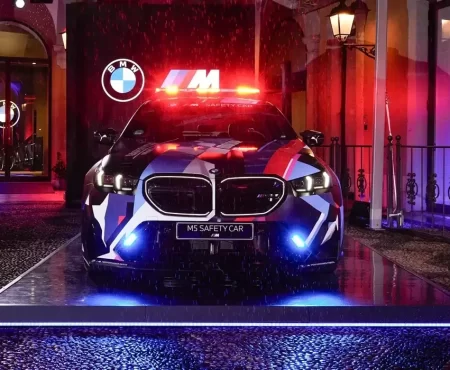“Key to Rolls-Royce realising its vision of being the world’s leading luxury brand, today and in the future, is an architecture that spans the entire Rolls-Royce family,” comments Philip Koehn, Director of Engineering. “The Architecture of Luxury will carry every future Rolls-Royce, not just the New Phantom. Project Cullinan and eventually the next Ghost, Wraith, Dawn will ride on this architecture, as well as future coachbuild projects.”
“Phantom VII’s spaceframe architecture was a good starting point and inspiration, but we wanted to do much more,” adds Giles Taylor, Director of Design. “The Architecture of Luxury gives me the canvas to protect the lineage and brand integrity of Rolls-Royce without compromise. Starting with New Phantom, I have the framework to create a future range of true Rolls-Royces. In essence, this is one big coachbuild project.”
“Our approach has been to forge long-term relationships with smaller suppliers run by families that will focus on us, giving us much more attention and therefore results that live within a quality expectation far beyond any other automotive concern,” continues Koehn. “For a brand to operate in such a manner within a larger automotive group is unheard of and truly revolutionary.”
What is the Architecture of Luxury?
The Architecture of Luxury is an all-aluminium spaceframe architecture designed by Rolls-Royce engineers that will underpin every future Rolls-Royce beginning with the New Phantom. As such, no future Rolls-Royce will be of monocoque construction as used by mass-manufacturers and some mass-luxury brands.
It is a truly revolutionary approach for the motor industry, and one that is informed by Rolls-Royce’s standing as a luxury house in the business of cars. Whilst the majority of so-called luxury manufacturers are limited to sharing individual platforms in a specific sector with mass brands for say their SUV or GT offerings, thereby introducing unacceptable compromise, Rolls-Royce will be uncompromising in only using its own architecture across all its motor cars, whatever the sector.
It has been designed and engineered from the ground up in such a way as to be scalable to the size and weight requirements of different future Rolls-Royce models, including those with different propulsion, traction and control systems, thus underpinning the long-term future product roadmap.
Approximately 30 per cent more rigid than the spaceframe architecture on which sat Phantom VII, the new architecture is at the heart of how the next generation of Rolls-Royces delivers the Rolls-Royce experience in terms of ride comfort, acoustic comfort, seat comfort, exterior presence and interior space.

Engineering a Modern Masterpiece
The New Phantom will be the first of a new generation of Rolls-Royces to benefit from the creation of the Architecture of Luxury. This new architecture serves as the foundation on which this eighth generation of Phantom reaffirms its position as ‘The Best Car in the World’ by taking the best fundamentals and making them better.
The first major benefit of the new architecture for the New Phantom are lightness, increased stiffness, efficient production of standard and extended wheelbase bodies and uncompromised exterior surface design.
The all-new aluminium spaceframe structure delivers extraordinary car body stiffness for exceptional ‘best-in-class’ functional performance whilst also being lighter. Indeed New Phantom is 30 per cent more rigid than its predecessor, leading to better ride comfort.
Accompanying the increased stiffness of the spaceframe is a best-in-class high comfort chassis with air suspension and state-of-the-art chassis control systems, delivering peerless ‘effortless’ ride and handling and optimal vibration comfort performance.
A new double-wishbone front axle and 5-link rear axle deliver astounding levels of control over lateral roll and shear forces and delivering incredible agility and stability, as does the addition of four-wheel steering, all contributing to an undisturbed passenger whatever the driving conditions.
Rolls-Royce’s celebrated Magic Carpet Ride also improves as a result of the new lighter architecture, and the latest generation of self-levelling air suspension. The suspension makes millions of calculations every second as it continuously varies the electronically controlled shock absorber adjustment system – reacting to body and wheel acceleration, steering inputs and camera information. In addition, the Flagbearer – evocative of those men who were required by law to carry a red flag ahead of early motor cars – adds a stereo camera system integrated in the windscreen to see the road ahead, adjusting suspension proactively rather than reactively up to 100km/h.








